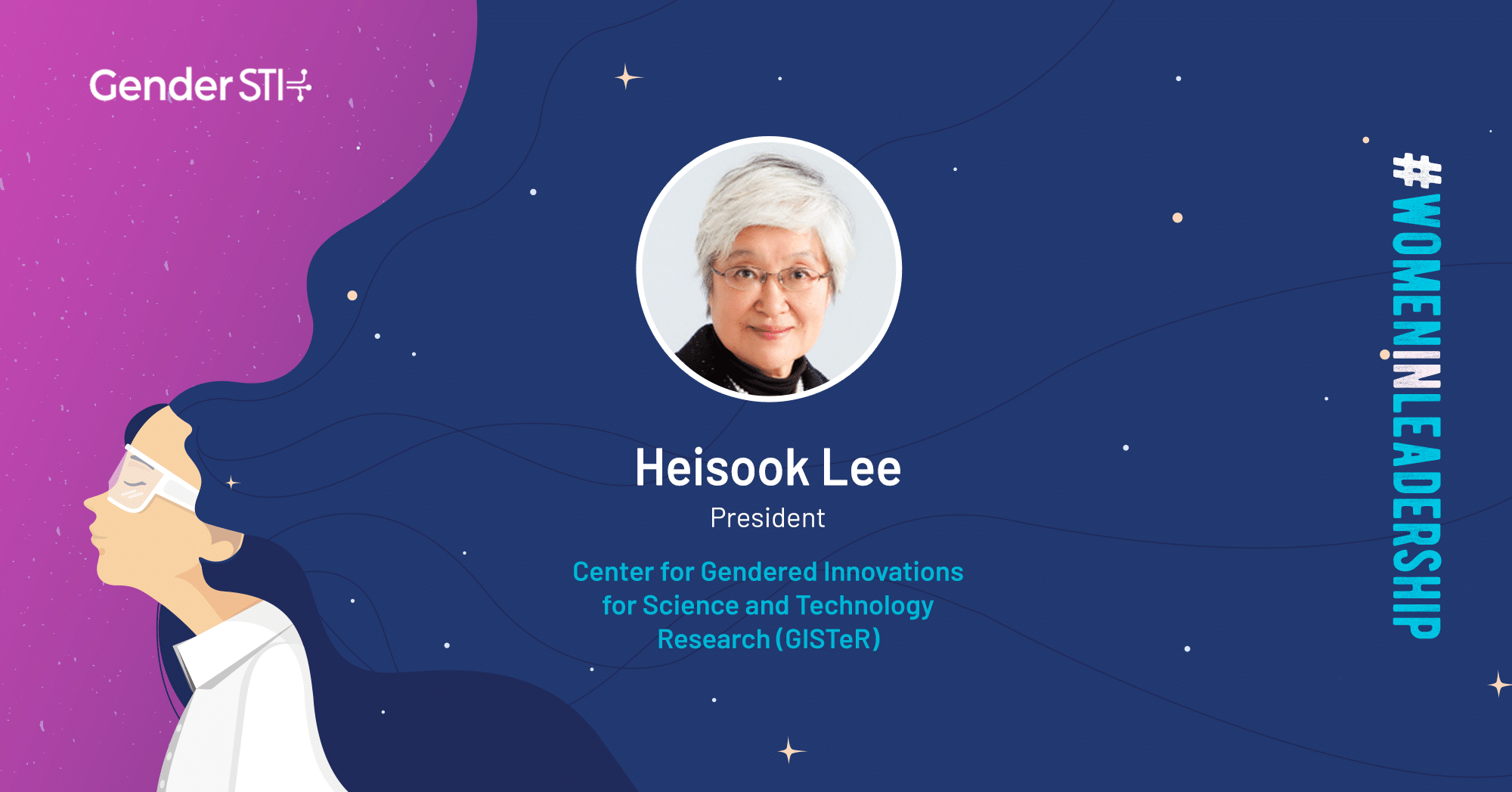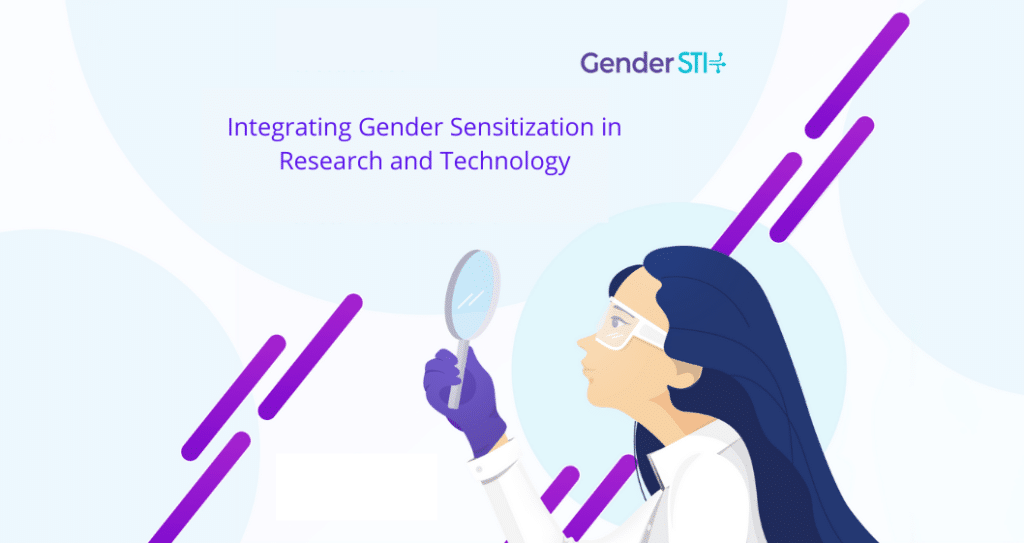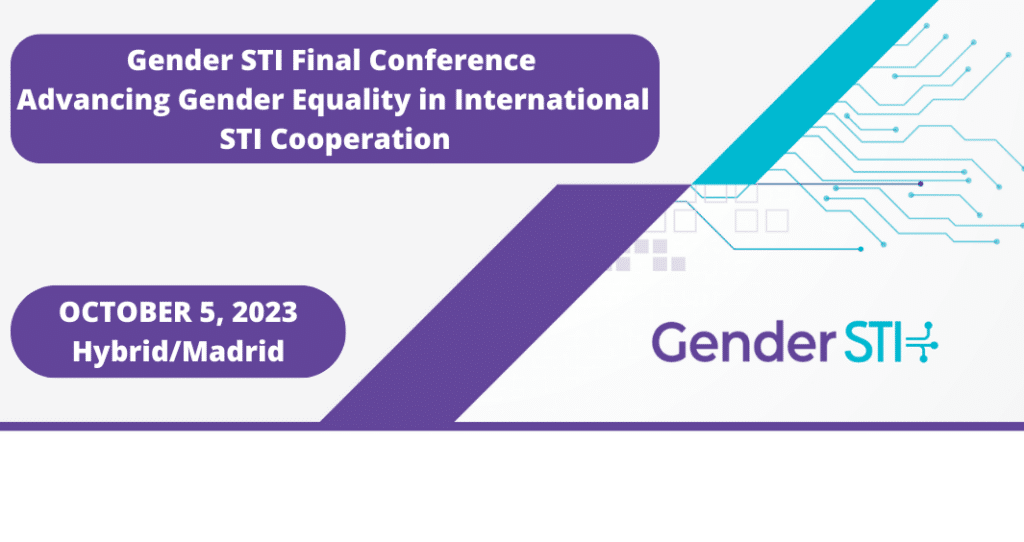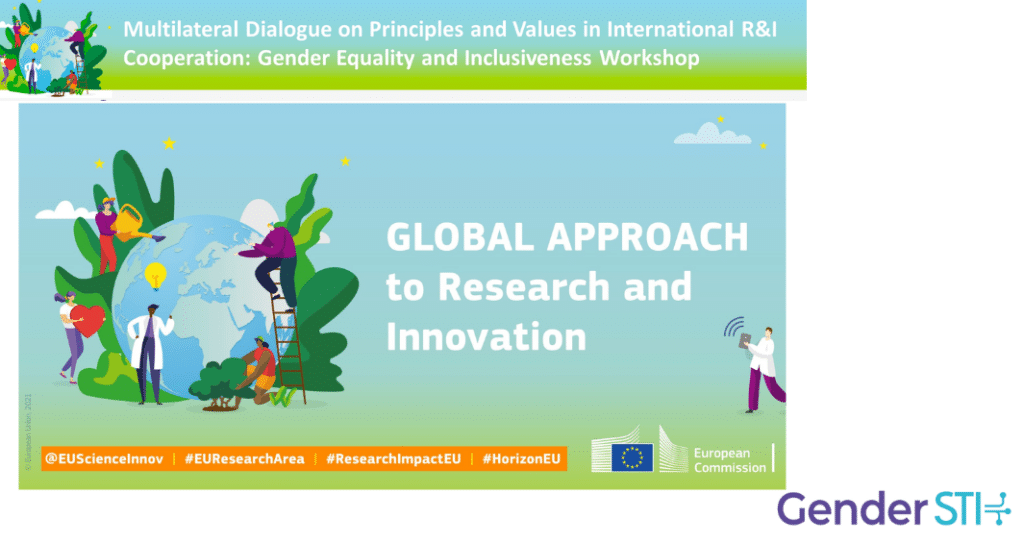Heisook Lee was nominated for Gender STI's #WomenInLeadership Campaign, which celebrates women leaders in science, technology and innovation, by Hallym University in South Korea. She is the President of the Center for Gendered Innovations in Science and Technology Research (GISTeR) and a Professor Emeritus at Ewha Womans University in Seoul. She has devoted her career to empowering women and girls in STEM fields since 1980.
Lee spoke to Gender STI about her experience as a woman leader in honor of International Women's Day 2021.
Can you tell us a bit about your job and your responsibilities?
As the President of the Center for Gendered Innovations for Science and Technology Research (GISTeR), I am responsible for building infrastructures to integrate the gender dimension in research and innovation to improve science, technology and innovation (STI) for both women and men by reducing gender bias in science knowledge.
Did you face any challenges on your journey to become a woman leader? How did you overcome them?
Luckily, I did not face many challenges as a girl and woman during my studies as I attended an all-girls high school and a women’s university, where women’s leadership is considered to be one of the most important factors of learning. I overcame challenges at work regarding gender bias by appealing to the inclusive values from diverse perspectives using scientific data and available statistics. The important thing is never giving up. I usually enjoyed challenges, as solving the problems always gives us happy learning experiences and new opportunities.
What goals do you have as a leader?
My present goal is to build up a global lattice network of experts in diverse fields, including STI, social science and humanities, to make real progress towards gender equality. We face very complex and diverse challenges depending on the region, gender and age, so we need to collaborate worldwide and gather collective wisdom to create better solutions.
How would you describe the gender balance in decision-making in science, technology and innovation (STI)?
The gender balance in decision making in STI should consider not only the number, or participation rate, but also all the levels of decision-making positions in research and development, STI policy, and investment in industry. Science research and technology development are very human activities and reflect all the perspectives of those who are involved, from policy makers, funders, scientists, engineers, businessmen and women to users of STI outcomes. Besides, we are facing big challenges to shift the paradigm of research to reduce gender-skewed scientific knowledge and data for the responsible research and innovation.
What would you tell young girls and women who would like to become leaders in their professional fields one day?
Considering that it is the most important factor for human advancement, STI needs more women for inclusive growth and sustainable development. In science and technology research and development, women and girls can find very exciting lifelong opportunities to create a brighter future and new values. Girls, please do not waste your talents as scientists! According to statistics, it is well known that there is no difference between girls and boys in the performance of mathematics and science.
As you may know, the Gender STI project focuses on promoting gender equality in international cooperation in STI. Do you have any ideas on how we could promote gender equality in this area?
I would like to start convincing all the stakeholders that gender equality in STI is essential to enhance science excellency and ensure social trust. So, we need to work closely with research funders, policy makers and researchers on global level to identify the most urgent challenges and to find solutions. I would suggest sharing success stories for better and quicker implementations.
What do you think needs to be done to increase the number of women leaders in STI?
To increase the number of women leaders in STI, the first step should be to recruit more girls and women into STEM by building an inclusive culture, fighting gender stereotype and biases, and changing mindsets beginning at their early childhood. I would suggest building a mentoring platform that provides lifelong learning opportunities beyond fields and generations. In the platform, women leaders can play a pivotal role by sharing their experience of how they overcame obstacles, empowering other women and mentoring them as role models.
Follow Gender STI's #WomenInLeadership campaign on Twitter, LinkedIn and Facebook for more great interviews. Join the conversation using #WomenInLeadership, #IWD2021 and #GenderSTI.



